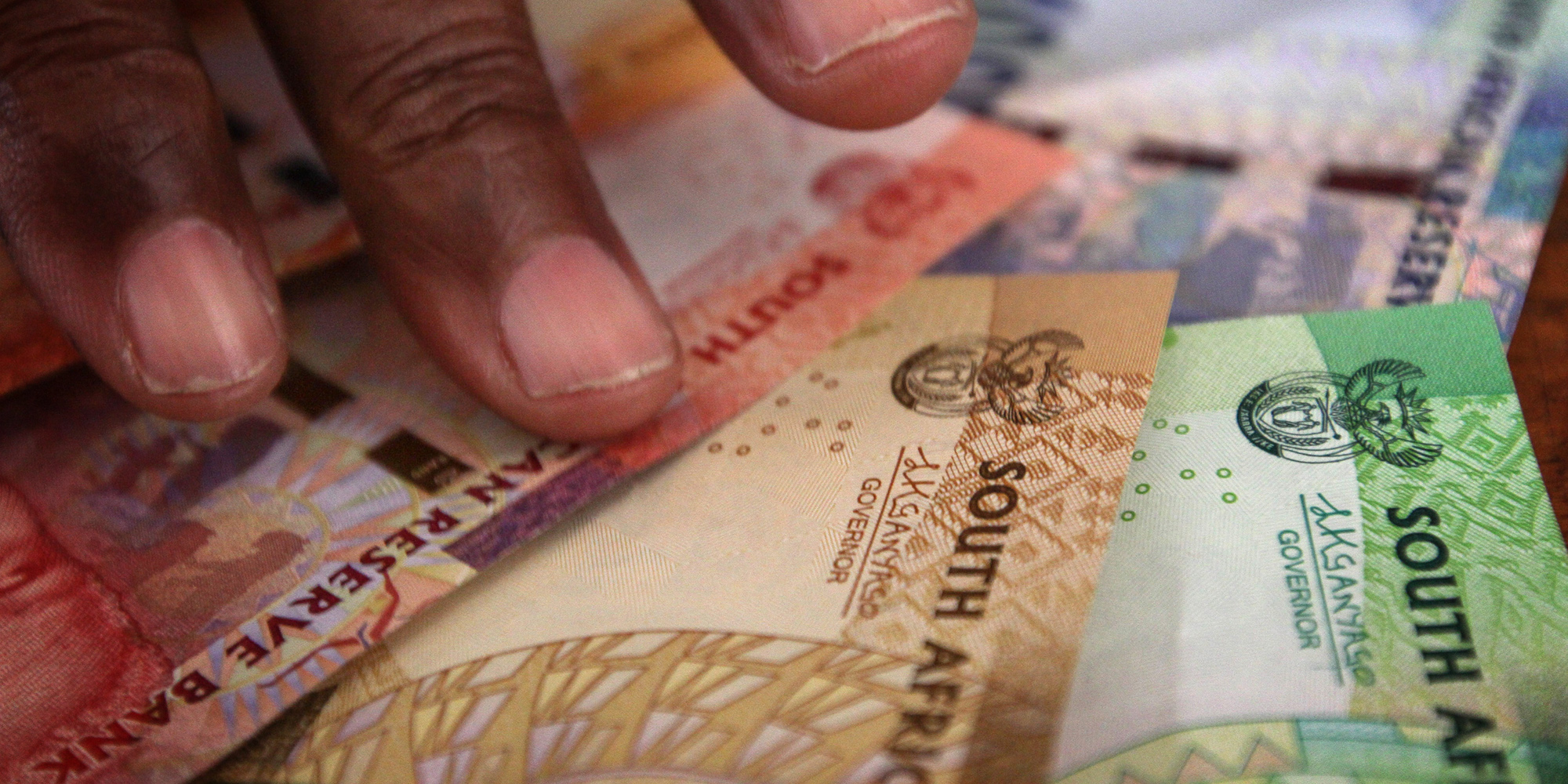The economic note, titled Likely near-term macroeconomic impact of the implementation of the two-pot retirement saving system, “... seeks to explore the possible macroeconomic impacts of the recently introduced two-pot pension system”.
Read more: Likely near-term macroeconomic impact of the implementation of the two-pot retirement saving system
Its main findings are that the reforms will probably provide a fiscal boost to the economy over the next two years, lifting growth and trimming the debt to gross domestic product (GDP) ratio. But it will have obvious negative implications for the funds and savings that South Africans need for retirement.
“Using the core model, we find that a moderate two-pot system scenario will add 0.1 and 0.3 percentage points (pp) respectively to GDP growth in 2024 and 2025, while reducing the government debt to GDP ratio by 0.5 pp in 2024/25 and by 1.0 pp and by in 2025/26,” the authors write.
“Under a high withdrawal scenario, we find that GDP growth will increase by 0.3 and 0.7 pp respectively in 2024 and 2025. The government debt to GDP ratio will improve by 1.1 pp in 2024/25 and by 2.3 in 2025/26.”
Basically, a stream of liquidity is about to get pumped into the South African economy. As my colleague Neesa Moodley has reported, on day one the taxes paid in relation to the withdrawal directives amounted to R6.7-million.
Read more: Two-pot withdrawals to add R6.7m to fiscus after just one day


The underlying assumption at play here is that consumption will be lifted as most of this money will be spent on stuff. The paper notes that there are various models of pension reform that have been implemented globally.
“The impacts of these different models have varied considerably. But in general, when governments responded to financial stress facing households by allowing (multiple) withdrawals from pension funds, it resulted in increased consumption. This boosted demand and output, while governments benefited from increased tax revenues,” the note says.
One rather extreme case among South Africa’s emerging market peers was Chile, where a trio of withdrawal episodes between the middle of 2020 and early 2021 saw the cash taken out pension funds amounting to a staggering 14% of GDP.
“Real GDP growth was 11.7% in 2021, at least partly boosted by pension withdrawals,” the paper says.
In the South African case, two scenarios are sketched out.
“First, is the high withdrawal scenario where the majority withdraw large portions (more than 90% of available funds) of all their available funds,” the paper says.
The second and “more plausible scenario” is where taxation penalties and the high costs of future compound growth see the option only used in emergencies. One key assumption is that those in high income brackets are less likely to withdraw funds.
In the high withdrawal scenario, the authors assume that in the last quarter of 2024 “... people will extract an additional R100-billion from the savings portion of their pension funds (this includes seed capital and their ⅓ savings pot in 2024) due to the new legislation. This will be on top of the historical resignation portion of R110-billion for the whole 2024 calendar year”.
“For 2025, it is assumed that the usage of the contributions to the one-third pot will drop to R40-billion, spread evenly over the four quarters (where ⅓ of the total contributions for 2025 is R86.8-billion), leaving R46.8-billion in the savings pot.”
GDP under this scenario is expected to grow by an additional 0.3 pp in 2024 and 0.7 pp in 2025 with no impact seen in 2026.
“GDP is forecasted to grow by an additional 0.3 pp in 2024, 0.7 pp in 2025. Then GDP outlook returns to the pre-pension reforms growth rate in 2026.”
The more moderate scenario “... assumes that people will be much more prudent and only extract an additional R40-billion from their pension funds in Q4 2024. For 2025, the usage of the contributions to the ⅓ pot will drop even more than in the first scenario to only R20-billion, spread evenly over the four quarters. This amount will also then increase by 5% to R21-billion in 2026”.
“GDP should grow by an additional 0.1 pp in 2024, 0.3 pp in 2025, but growth should stay unchanged in 2026,” under this scenario.
South Africa’s economy can certainly use an additional jolt for a proper lift-off, and household consumption expenditure rose 1.4% in Q2 of this year compared to Q1, one of the few green shoots in an economy that only grew 0.4% on a quarterly basis from April to June.
Read more: SA economy grows 0.4% in Q2 after flatlining in Q1, household expenditure shows surprise lift — Stats SA
Combined with the two-pot shot, rising prospects for a domestic interest rate cut this month probably mean that household expenditure is bound to rise at an even faster pace in the last quarter of this year.
The flip side of this coin is the reduction in savings in a country where savings rates are already woeful, with only 6% of economically active South Africans estimated to have enough to retire.
“The negative side is that the higher the withdrawal rates the less funds will be available at retirement age,” the paper pointedly warns.
Spending binges often end up with a hangover for the economy. DM
This article is more than a year old
Business Maverick
Reserve Bank sees two-pot shot boosting SA’s economic growth by up to 0.7 percentage points
In a recently published 'economic note', the South African Reserve Bank (Sarb) says the 'two-pot reforms' allowing for early withdrawals from pension savings could boost domestic economic growth by 0.1 to 0.7 percentage points from expenditure, depending on withdrawal rates.





